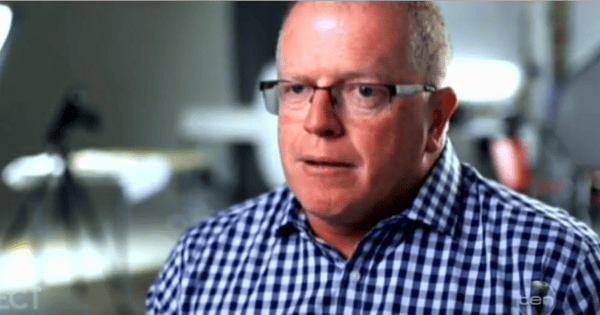After multiple rounds of IFV, Brad and Claire Foord were thrilled when they found out they were expecting. Alfie was to be their miracle baby.
“We were over the moon,” Brad told The Project last night. Claire said they “honestly thought that was the hard part over, and that only the best was to come.”
But at 40 weeks pregnant, Claire noticed something wasn’t right.

Alfie had not been moving as much as she should. Then Claire began having contractions.



Top Comments
I too had a stillborn daughter - back in 1969 - no ultrasound pictures, wasn't allowed to see her, or hold her ... she died because I had a condition, undiagnosed, called placental insufficiency, and the placenta failed to deliver oxygen for about 3 minutes of a 6 hour labour - at about the halfway mark. She was perfect in every way, and if they had known about the placenta, I would've had a C-Section and she would have lived. My second child was induced 4 weeks early, because of the same condition. My third delivered by C-Section because of it, and my last child the placenta was fine, but the baby had some reflux problems - both oesophageal and kidney.
"Australian parents were better informed about the warning signs"
I agree, I also agree hospitals need to do more. I presented to my hospital maternity ward at 34 weeks with reduced movement. My doctor wasn't on that day so one of the doctors on her rotation checked me over. He umm'd and ahh'd for a while and sent me home, even though I was insisting something was wrong.
I called my doctor at 8am the next morning who said she'd see me at 1pm, I was crying hysterically saying something was wrong so she said she'd meet me in the ward for monitoring. 2 hours later my daughter was delivered by emergency CS and we were later told she had little time left before we would have lost her she was in such a bad way.
So I feel a lot of mothers know when something isn't right, but if you have a doctor who just wants you out of there and writes you off as hysterical it's bloody hard.